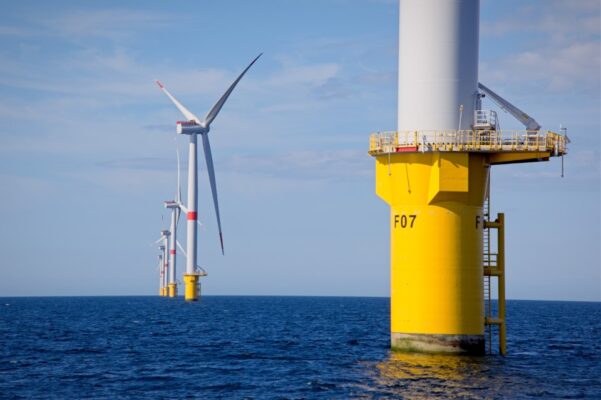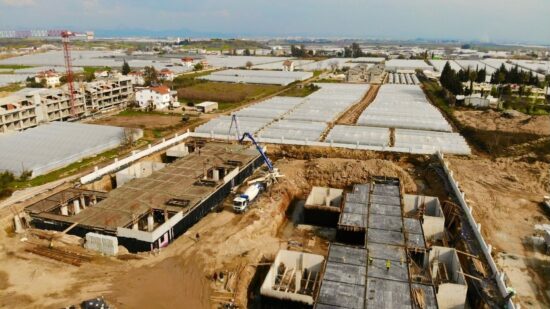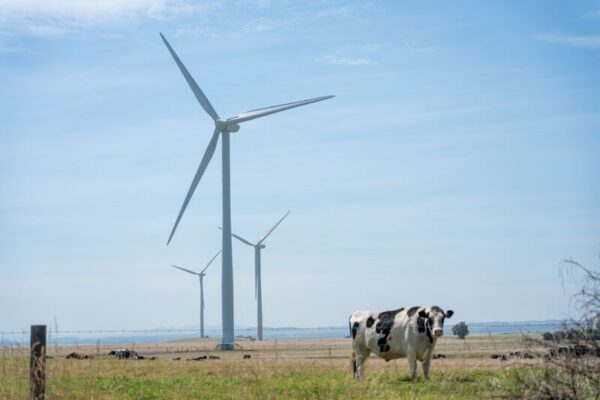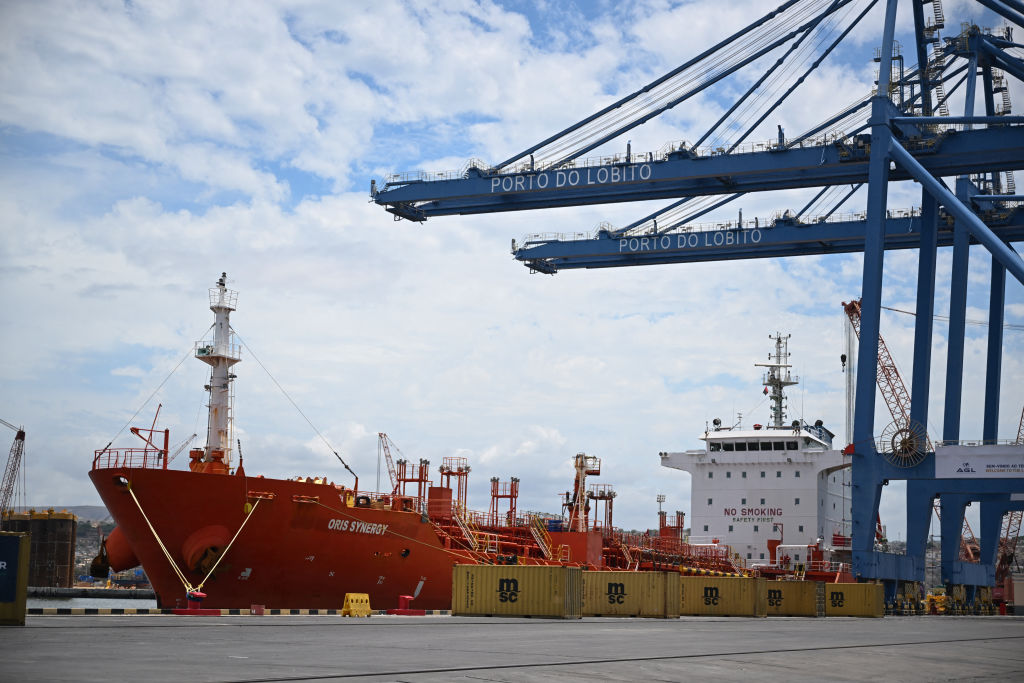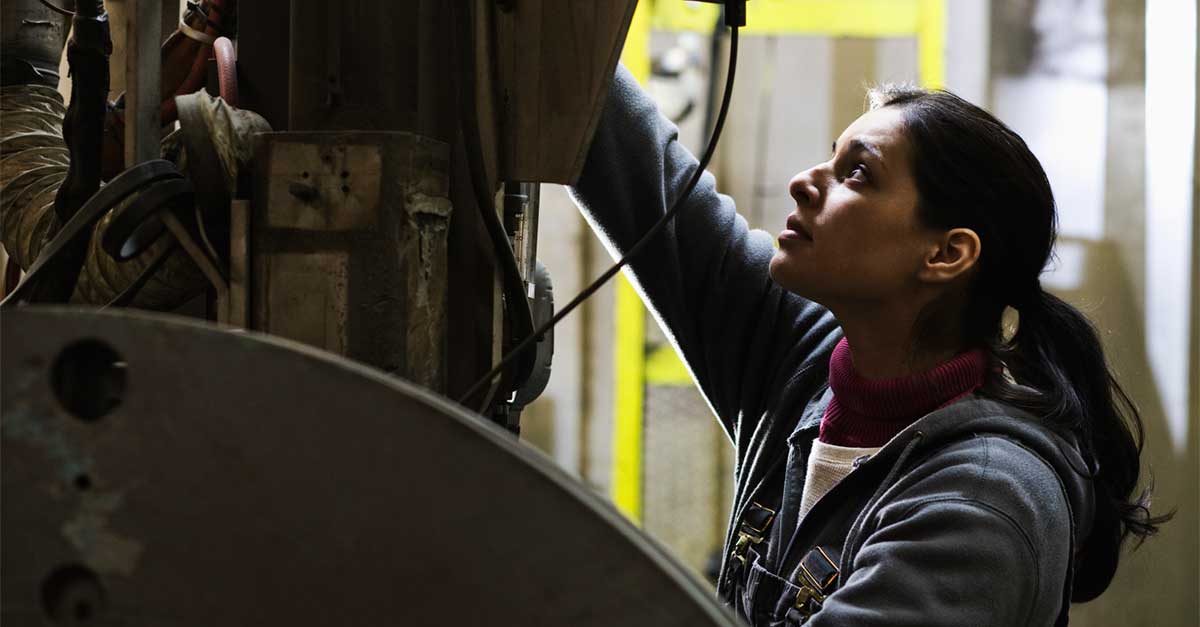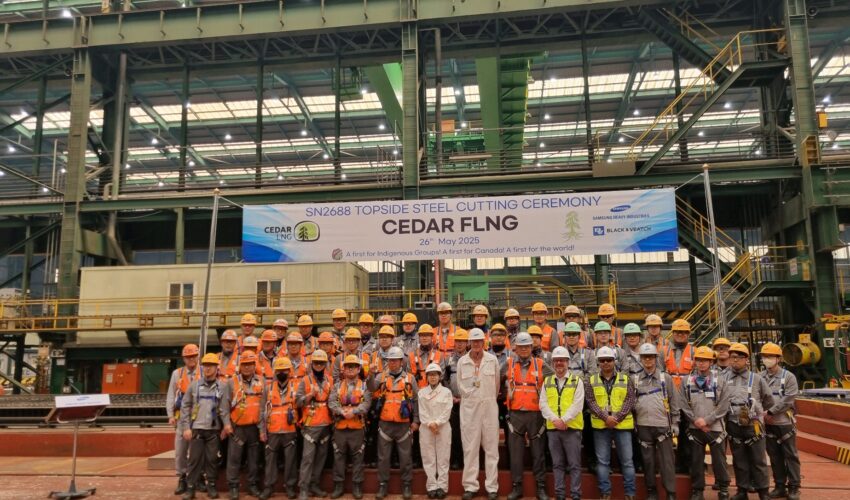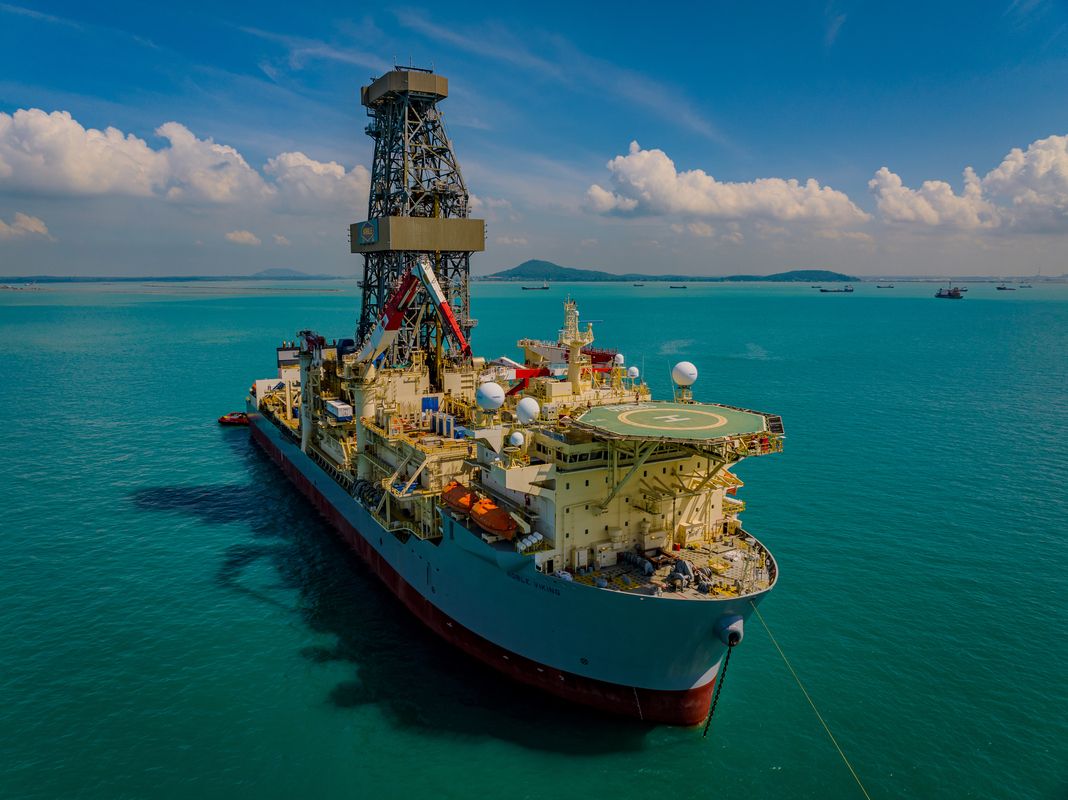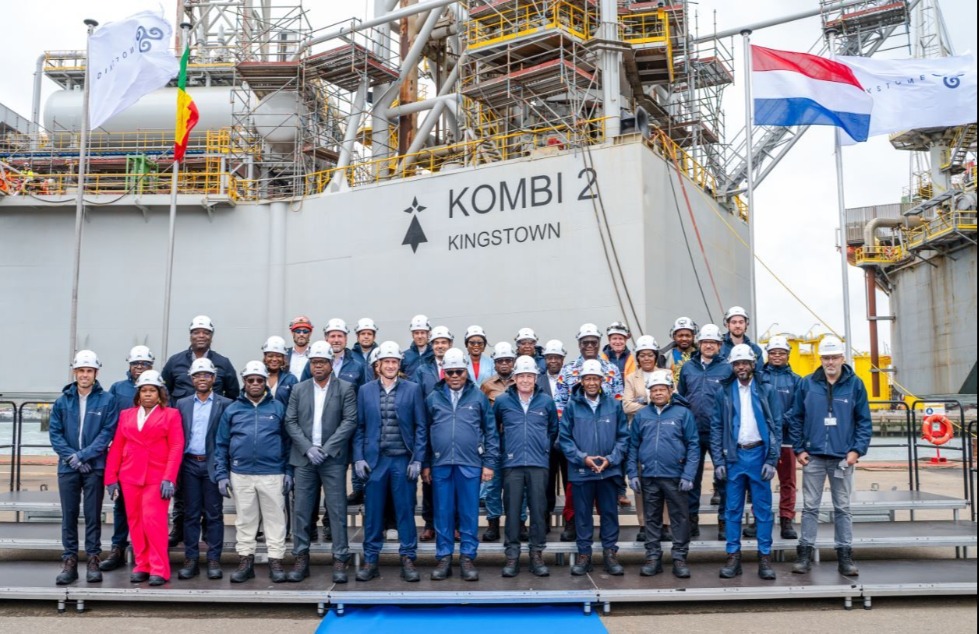Allocation Round 7: A Potential Turning Point for Test and Demonstration
For many years, floating offshore wind has been promised to play a key part in the UK’s offshore wind market. As the sector continues to mature, it is expected to play a crucial role in meeting the UK’s net zero targets and driving long-term decarbonisation. There is already a strong pipeline of nearly 30 GW […] The post Allocation Round 7: A Potential Turning Point for Test and Demonstration appeared first on Marine Energy Wales.


For many years, floating offshore wind has been promised to play a key part in the UK’s offshore wind market. As the sector continues to mature, it is expected to play a crucial role in meeting the UK’s net zero targets and driving long-term decarbonisation. There is already a strong pipeline of nearly 30 GW of FLOW projects in the UK1, which have significant potential for job creation, economic growth, and international export opportunities. Development in the Celtic Sea alone could see the creation of over 5000 jobs alone by 20302.
Allocation Round 7
The recent publication of the Allocation Rounds 7 and 7a: Contract Allocation Framework (2025) by the Department for Energy Security and Net Zero (DESNZ), confirms a positive step forward for the FLOW sector, particularly for test and demonstration (T&D) projects.
Key Measures Announced in AR7
The framework published by the Department for Energy Security and Net Zero includes several targeted measures to support floating wind projects:
- Longer contract terms: Improve revenue certainty and reduce investor risk
- Flexible bidding rules: This will give industry the best opportunity for success in AR7
- An increased Administrative Strike Price: Acknowledging higher costs and technical complexity of early-stage projects
These conditions set out by DESNZ have recognised the nascent nature of FLOW technology. To fully capture the socio-economic benefits of the sector, support through appropriate mechanisms is required in the early stages of technology development so that projects can be deployed in real sea conditions.
Just the beginning
The Allocation Round 7 framework sends a strong signal that government remains committed to building a globally competitive FLOW industry. Deploying these stepping-stone projects will create space for the industry to learn, grow, scale, and innovate, leading to commercialisation and cost reduction in the sector. As test and demonstration projects move forward, they could help build regional capability and stimulate investment in skills, apprenticeships, and local supply chains.
Long-term Opportunities
These opportunities could support not only the UK pipeline of floating offshore wind projects but could also capture a significant portion of the global market through export opportunities. The UK Government is clear on its intent to position the UK as a global leader in an industry which has significant growth potential. While the announcement of the AR7 parameter seems to be great news for the industry, the success of the round will be evident in the results of AR7 which are due to be announced towards the end of 2025 or the start of 2026.
Marine Energy Wales and the Celtic Sea Developer Alliance
Marine Energy Wales serves as the national voice for Wales’s marine renewable energy sector, connecting industry, academia, government, and communities to champion tidal, wave, and floating offshore wind development in Wales.
The Celtic Sea Developer Alliance convened by Marine Energy Wales brings together world leading energy and renewables developers who are driving the development and roll out of FLOW in the Celtic Sea. The alliance provides a unified voice to government and regulators, supporting a strategic, collaborative approach to development in the Celtic Sea
- https://www.renewableuk.com/media/scccdrxe/floating-offshore-wind-2050-vision-final.pdf ↩︎
- https://assets.ctfassets.net/nv65su7t80y5/nDXSS9l3qvtscyxa1rIwq/ded23422bbc04bf6a8753cc3623f0016/Celtic_Seas_Blueprint_final_report_Feb2024.pdf ↩︎
The post Allocation Round 7: A Potential Turning Point for Test and Demonstration appeared first on Marine Energy Wales.
What's Your Reaction?












